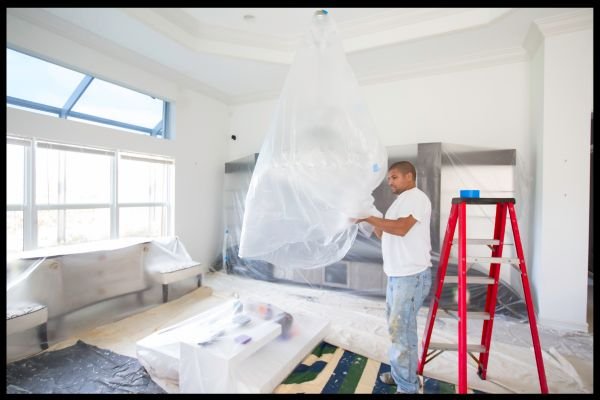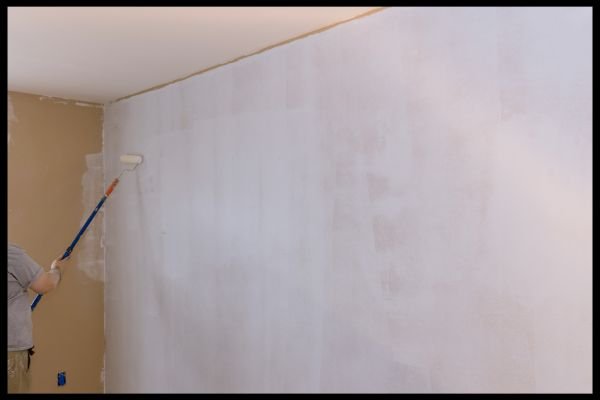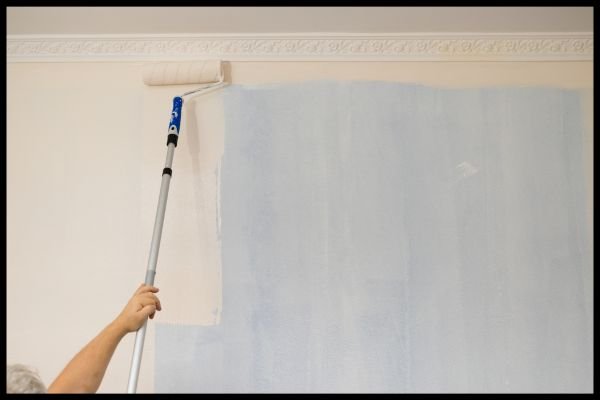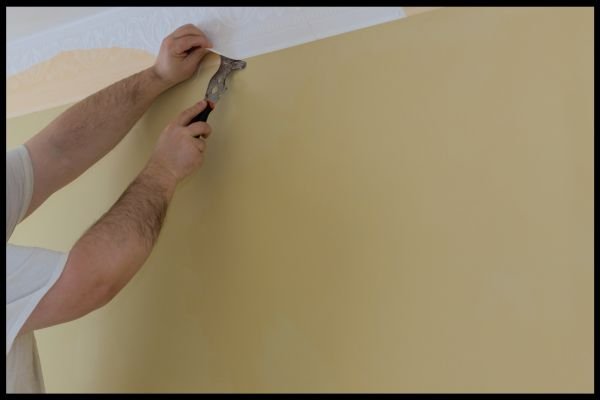Painting a bedroom is a transformative project that can breathe new life into your living space. However, determining the time required for this task is not always straightforward. From preparation to finishing touches, each step plays a crucial role in achieving the desired results. In this guide, we’ll break down the painting process, providing insights into the time needed at each stage. Whether you’re a DIY enthusiast or seeking professional assistance, understanding the time investment involved will help you plan effectively and ensure a successful outcome. Join us as we explore the journey of bedroom painting, where every stroke of the brush brings you closer to your dream space. See below explanation of How long should it take to paint a bedroom?
1. Assessment and Preparation

Begin by assessing the room’s condition, noting any imperfections like holes or rough surfaces. Plan for repairs, such as patching holes and sanding rough areas. Moving furniture and covering floors with drop cloths are crucial steps to protect them from paint splatters and spills. Depending on the room’s size and the extent of repairs needed, this phase can take anywhere from three to six hours. Taking the time to thoroughly prepare the room ensures a smoother painting process and professional-looking results.
2. Gathering Supplies

Assemble all necessary supplies, including paint, primer, brushes, rollers, trays, and painter’s tape. Consider the quantity of paint needed, accounting for multiple coats if required. Take inventory of existing supplies and make a trip to the hardware store if anything is lacking. This phase typically takes two to four hours, including travel time and shopping. Investing in quality supplies ensures better coverage and a more efficient painting process.
3. Apply Primer

Before painting, it’s essential to prime the walls, especially if they are porous or have existing paint in poor condition. Priming helps the paint adhere better and provides a smoother finish. Depending on the size of the room and the drying time of the primer, priming can take four to eight hours. Be sure to allow ample time for the primer to dry completely before proceeding with painting. Proper priming sets the foundation for a successful painting project and enhances the durability of the finished paint job.
4. Painting:

Once the primer is dry, it’s time to start painting. Begin with cutting in the edges using a brush, then use a roller to cover the larger areas. Apply thin, even coats, allowing each layer to dry before adding another. The duration of the painting phase depends on factors such as the size of the room, the number of coats required, and the drying time between coats. Painting a bedroom typically takes one to three days to complete. Patience and attention to detail during the painting process yield professional-looking results that enhance the overall appearance of the room.
5. Drying and Cleanup

After the final coat is applied, allow sufficient time for the paint to dry completely. This usually takes at least 24 hours. Once dry, remove the painter’s tape and return furniture to its place. Clean brushes and rollers thoroughly with soap and water or paint thinner, depending on the type of paint used. Dedicate a day to drying and cleanup to ensure the paint sets properly and the room is restored to its original state. Proper cleanup maintains the longevity of your painting tools and keeps the workspace tidy.
6. Final Inspection and Touch-ups

Take a final look at the painted bedroom to ensure all areas are evenly coated and free of imperfections. Use this time to touch up any missed spots or uneven areas as needed. Addressing any issues promptly ensures a polished finish and enhances the overall aesthetic of the room. Allocate two to four hours for this phase, depending on the extent of touch-ups required. A thorough final inspection ensures that the painting project meets your standards and enhances the beauty of your bedroom.
7. Conclusion:

The time it takes to paint a bedroom can vary depending on factors such as room size, preparation needs, and drying times. By following these steps and allowing ample time for each stage, you can achieve professional-looking results that will enhance the beauty of your space. Proper planning, preparation, and attention to detail are key to a successful painting project. Take pride in the transformation of your bedroom and enjoy the refreshed ambiance it brings to your home.



